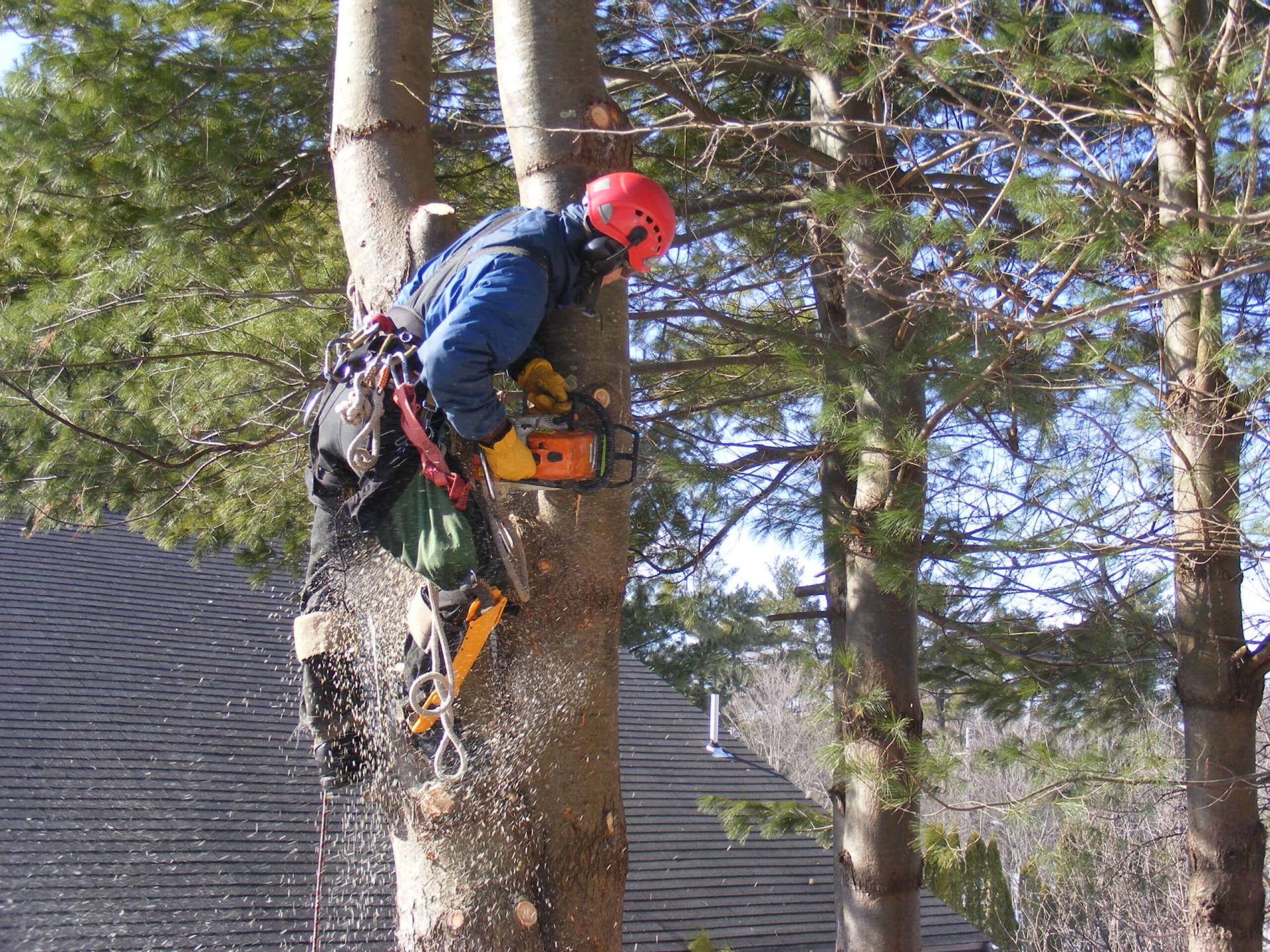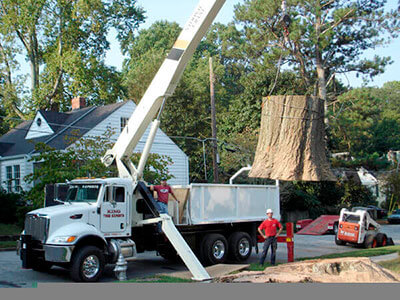Recognizing the Significance of Tree Preservation and Conservation Practices in Urban Areas
In the dynamic landscape of urban atmospheres, trees commonly stand as silent guardians, giving a wide range of advantages that extend much beyond their aesthetic allure. As we check out the interwoven textile of environmental, social, and financial benefits that urban trees use, it becomes apparent that their preservation is pivotal for the wellness of future and present generations.
Ecological Advantages of Trees in Cities
Trees in metropolitan locations play an important function in giving various ecological advantages, adding to the overall health of city residents. This procedure helps decrease the focus of hazardous gases, making the air cleanser and healthier for residents.

Furthermore, trees add to water monitoring by minimizing stormwater runoff and soil erosion. Overall, the ecological advantages of trees in cities are crucial for producing lasting and livable urban atmospheres.
Social Significance of Urban Tree Conservation
In contemporary metropolitan landscapes, the conservation of trees holds significant social relevance for cultivating area wellness and enhancing quality of life. Urban tree conservation plays a crucial function in creating areas for social interaction and community involvement.

Economic Worth of Tree Conservation
The conservation and preservation of metropolitan trees offer significant economic advantages that contribute to the overall monetary well-being of areas and cities. Urban trees provide a large range of financial advantages that favorably impact local economic situations. One considerable economic advantage of tree preservation is the increase in residential or commercial property worths. Trees enhance the aesthetic appeal of neighborhoods, leading to higher property values and attracting possible purchasers or lessees. Furthermore, city trees aid decrease energy expenses by giving color in the summer and serving as windbreaks in the wintertime, therefore decreasing the need for home heating and cooling systems.
Furthermore, trees play a crucial role in decreasing stormwater overflow and alleviating the results of flooding, which can cause price financial savings for cities in terms of facilities upkeep and repair service. Urban trees likewise add to improved air high quality by releasing and taking in toxins oxygen, bring about potential savings in health care prices connected with respiratory system diseases. By recognizing and investing in the financial value of tree preservation, cities can promote lasting growth, improve lifestyle, and produce more resistant metropolitan environments.
Approaches for Sustainable Urban Tree Management
A thorough technique to YOURURL.com sustainable metropolitan tree management entails incorporating diverse approaches that focus on long-lasting environmental health and community health. Implementing tree supplies and evaluations is crucial to comprehend city tree populations, their wellness, and maintenance requirements. Normal pruning, watering, and mulching are necessary practices to make sure tree vigor. Embracing tree growing programs that focus on native and climate-resilient species can improve metropolitan additional reading biodiversity and sustainability.
Neighborhood involvement plays a crucial role in sustainable urban tree management. Educating locals regarding the benefits of trees, arranging tree growing occasions, and entailing volunteers in tree care tasks cultivates a sense of ownership and stewardship. Partnership in between city government, ecological organizations, and citizens is crucial to establishing and applying reliable tree monitoring strategies.
Purchasing environment-friendly facilities, such as eco-friendly roofings and metropolitan forests, can supply several benefits, consisting of enhanced air high quality, stormwater management, and urban warmth island reduction. tree removal. Integrating trees right into metropolitan planning and layout procedures makes sure that trees are valued as vital components of a healthy and resilient metropolitan environment
Community Participation in Tree Preservation
Neighborhood involvement is a fundamental part in fostering lasting metropolitan tree management methods and making sure the long-term health and preservation of metropolitan tree populaces. Engaging the area in tree conservation campaigns can cause increased understanding, gratitude, and stewardship of trees within city areas. When homeowners actively join tree planting, conservation, and maintenance initiatives, they establish a feeling of possession and satisfaction in their local setting.
Community involvement additionally promotes social cohesion and partnership amongst residents, regional authorities, and ecological organizations, promoting a common duty for urban tree preservation. By arranging tree growing events, academic workshops, and volunteer possibilities, areas can work together to improve the city tree cover and create greener, healthier their website cities. Involving residents in decision-making processes regarding tree management ensures that diverse perspectives and local knowledge are considered, leading to more efficient and sustainable preservation techniques. Eventually, neighborhood involvement plays a critical duty in structure durable and successful urban forests for future generations to appreciate.
Conclusion
Finally, urban tree conservation and preservation practices play an essential role in improving the ecological, social, and economic health of cities. By recognizing the value of trees in urban locations and executing lasting administration approaches, areas can appreciate the numerous advantages that trees provide. It is crucial for stakeholders to proactively take part in tree preservation initiatives to guarantee a greener and much healthier city atmosphere for future and current generations.
